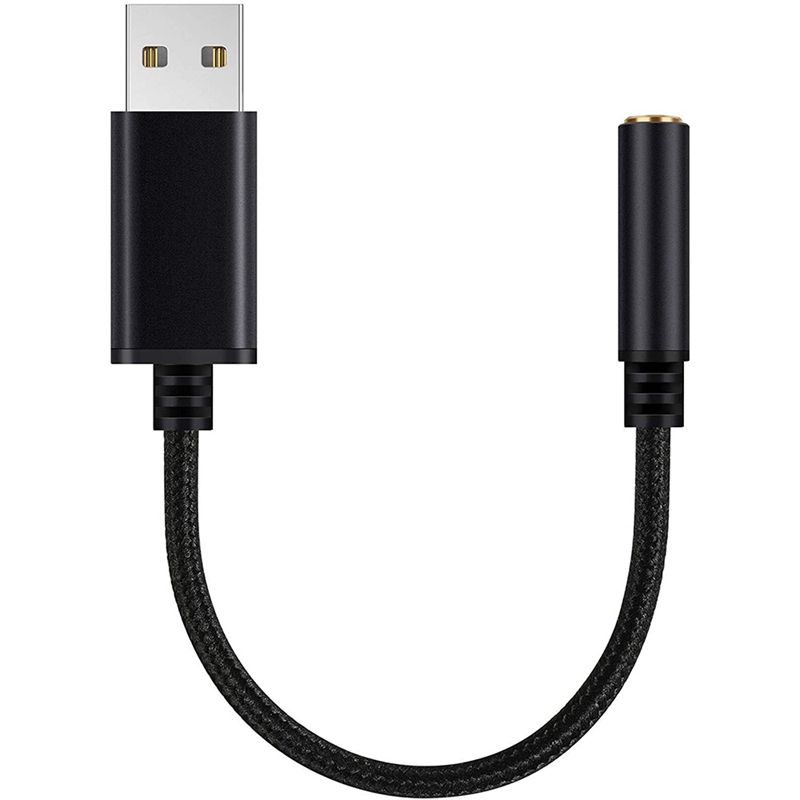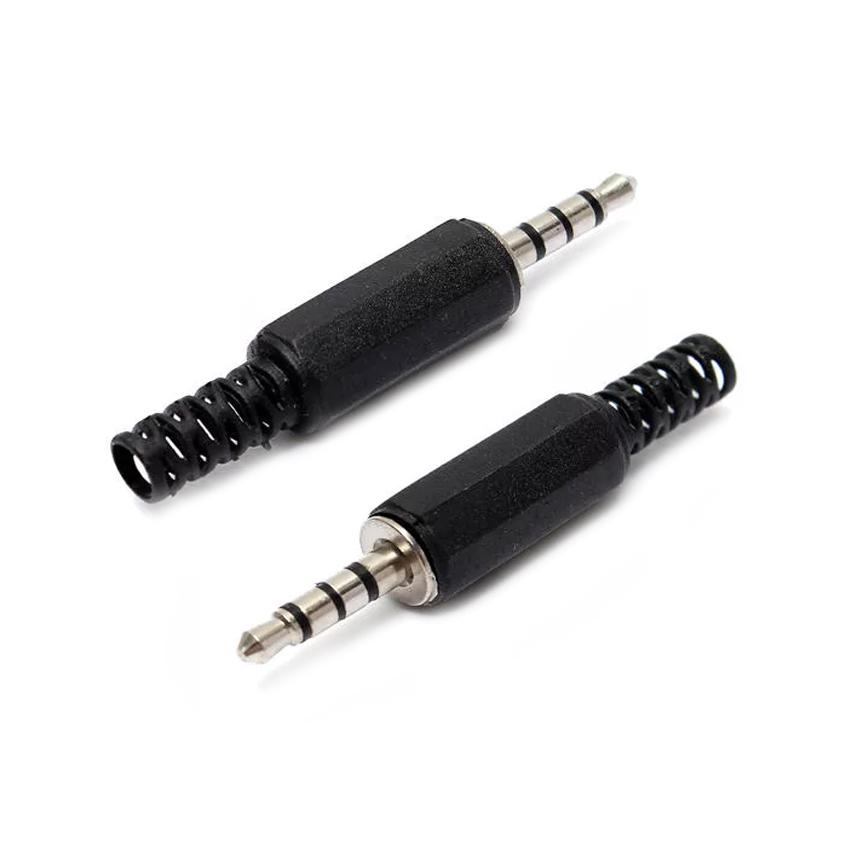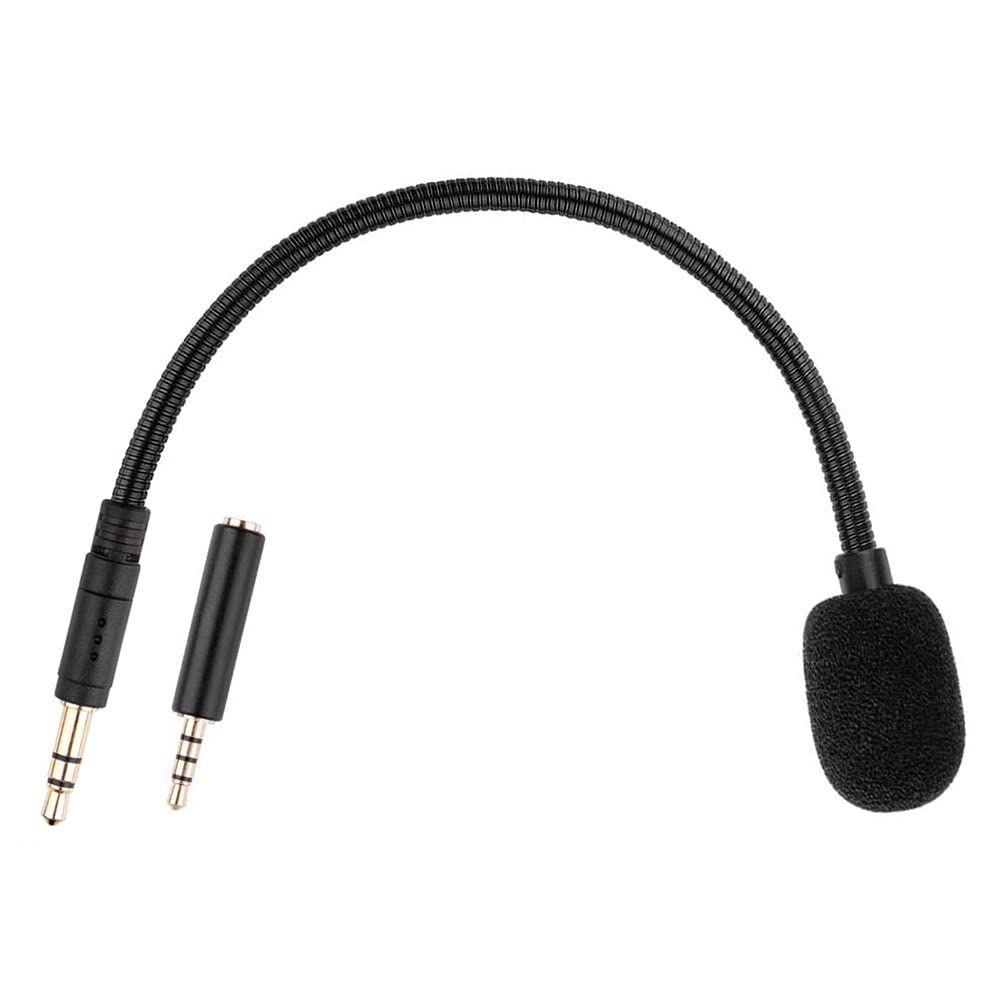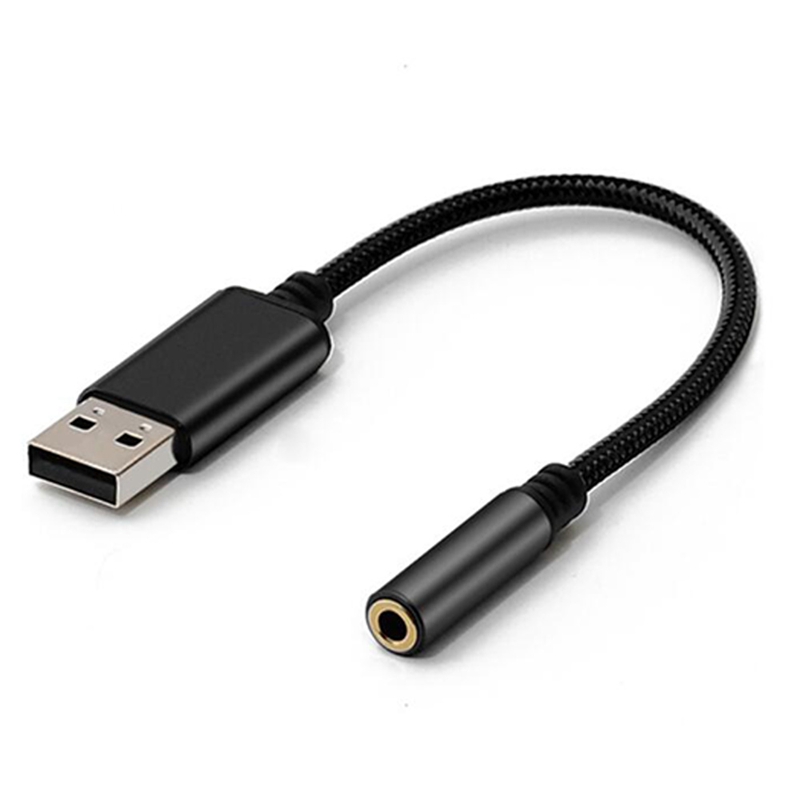Common Causes for Headphone Jack Malfunctions
Identifying the reason behind a headphone jack not working is essential for effective troubleshooting. Here, we will explore the three most common causes that may lead your headphone jack to malfunction.
Dirt and Debris Build-Up
Over time, your headphone jack can gather dirt and debris. This accumulation can prevent the headphone plug from making a proper connection. Common signs include intermittent audio output or static sounds. Regular cleaning can help avoid this issue.
Physical Damage to the Jack
Physical impact can bend or break the internal components of the headphone jack. This damage often results from dropping the device or excessive force when plugging in the headphone. Visual inspection can typically reveal if there is any noticeable physical damage.
Water or Liquid Damage
Exposure to liquids is notoriously harmful to electronic components, including headphone jacks. This could happen from spills, or moisture exposure during rainy weather. Liquids can corrode metal parts or short-circuit electrical connections, leading to a non-functional headphone jack.

Diagnosing the Problem with Your Headphone Jack
When your headphone jack is not working, diagnosing the issue correctly is a crucial step. To find the root cause of the malfunction, two primary methods can be beneficial: visual inspection and audio tests. Close attention to detail during this phase can save you time and effort in the long run.
Visual Inspection
Start by examining the headphone jack closely. Look for any visible signs of dirt, debris, or damage. Shine a light into the jack to better see any obstructions or irregularities. Check if there’s any bending or breakage that could obstruct the connection. In some cases, you may notice discoloration or rust, indicative of liquid damage. Your device’s overall condition might also provide clues. For instance, if the device has experienced a recent drop, the internal structure of the jack might be compromised.
Audio Tests
After a thorough visual check, move on to audio testing. Plug your headphones into the jack and play audio. Listen for consistency in sound output. Take note if the audio cuts out when you jiggle the plug or adjust its position. Try using the headphones with another device to ensure they are functioning correctly. This process helps determine whether the problem lies with the headphones or the jack. A consistent problem across multiple devices likely points to an issue with the headphones, while issues that occur only on one device suggest the headphone jack itself is at fault.
Both visual inspection and audio tests can provide valuable insights into what might cause your headphone jack not working properly. Identifying the correct issue is vital before moving onto potential fixes or seeking professional help.
Basic Fixes to Try Before Seeking Professional Help
Once you’ve identified the issue with your headphone jack, there are a few basic steps you can take to try and resolve the problem yourself. These straightforward fixes often do the trick without having to consult a repair professional. Let’s dive into some easy solutions to get your audio experience back on track.
Cleaning the Headphone Jack
A common cause for a headphone jack not working is the build-up of dirt and debris. To clean it:
- Turn off your device and remove the battery if possible.
- Use a small, dry, soft-bristled brush to gently sweep out debris.
- Dip a cotton swab in rubbing alcohol and carefully clean the inside.
- Allow the jack to air dry completely before you use it again.
Remember not to insert sharp objects as they can cause further damage.
Adjusting the Headphone Plug
Sometimes, the fix can be as simple as adjusting the plug. Ensure that:
- The plug is fully inserted into the jack.
- There’s no case or obstruction preventing a full connection.
- You gently wiggle the plug to see if the audio improves.
Avoid excessive force that might damage the headphone jack.
Checking Device Settings
Finally, your device settings can interfere with headphone functionality. Consider the following:
- Check the audio output settings to ensure they’re set to ‘headphone mode.’
- Disable Bluetooth to make sure audio isn’t being sent wirelessly to another device.
- Update your device to ensure you’re using the latest software, which can fix known bugs.
By following these basic fixes, you may be able to resolve your headphone jack issues without the need for professional help. If problems persist after trying these solutions, it might be time to look into more advanced troubleshooting or seek out a repair specialist.

Advanced Troubleshooting Techniques
When basic fixes fail to resolve your headphone jack not working, advanced troubleshooting techniques are the next step. These methods delve deeper into the system settings and hardware functionality.
Resetting Your Device
A comprehensive reset can sometimes clear up persistent issues with your headphone jack:
- Backup your data to prevent data loss.
- Perform a soft reset by restarting your device, which can clear minor glitches.
- If the problem remains, consider a factory reset. This option restores your device to its original settings. Remember, this will erase all data, so use it as a last resort.
Updating Audio Drivers
Outdated or corrupted audio drivers can cause headphone jack malfunctions:
- Navigate to your device’s settings.
- Find the ‘About’ or ‘Updates’ section.
- Check for any available updates for your audio drivers.
- Download and install any updates to ensure optimal performance.
If you are using a PC, you may need to visit the manufacturer’s website for driver software.
Utilizing Diagnostic Tools
Some devices come with built-in diagnostic tools, or you can download third-party applications designed to diagnose hardware issues:
- Access the diagnostic tool through the device settings or application store.
- Run the tool following its instructions – it will check for technical issues.
- Review the results to pinpoint issues specifically with the headphone jack.
These advanced techniques provide a deeper analysis and can often root out the cause when simpler methods do not work. If these options do not correct the issue, professional assistance may be necessary.
When to Seek Professional Repair
Sometimes, despite your best efforts, the headphone jack problems may persist. In such cases, seeking professional repair becomes necessary. Here’s a breakdown of when it’s the right time to hand over your device to the experts.
Persistent Audio Issues
If the audio problems continue even after trying basic and advanced troubleshooting techniques, it indicates a deeper issue. This could be related to the internal circuitry or other complex components that are not user-serviceable. Consistent audio issues such as static noise, no sound, or intermittent sound necessitate professional inspection and potentially, repair.
Internal Component Damage
When there is visible damage or suspicion of internal faults that you can’t pinpoint through a visual inspection or diagnostic tools, it’s important to stop further attempts at fixing it yourself, which could worsen the problem. Professionals have the tools and expertise to safely repair or replace damaged components without risking further damage to your device. This is crucial if you suspect the damage is extensive or involves delicate parts inside your device.
In both scenarios, professionals can provide a comprehensive assessment and perform repairs with precision. Remember, attempting repairs on intricate electronic devices without adequate knowledge and tools can lead to further damage or void warranties. Therefore, if persistent audio issues occur or internal component damage is suspected, it’s wise to contact a professional repair service.

Tips for Maintaining Your Headphone Jack
Protecting your headphone jack from problems begins with regular maintenance. By adopting certain preventive measures and best practices, you can keep your headphone jack in top working condition.
Preventive Measures
Preventive actions help avoid common issues from cropping up. Here are some useful tips:
- Keep it Clean: Regularly clean your headphone jack. Use a soft brush to remove any dust or lint gently.
- Avoid Moisture: Protect the jack from moisture exposure. Don’t use it in rainy conditions without proper protection.
- Be Gentle: Insert and remove plugs carefully. Forceful actions can damage the jack.
- Use Protection: Consider using dust plugs when the jack is not in use. They prevent dirt from entering.
These simple steps can significantly reduce the risk of your headphone jack not working due to common causes like dust and physical damage.
Best Practices for Regular Maintenance
For long-term care, here’s what you can do:
- Routine Checks: Periodically check your headphone jack for any visible signs of wear or damage.
- Professional Cleaning: Occasionally, it may be beneficial to have your device professionally cleaned.
- Software Updates: Ensure your device’s software is up-to-date. This can help maintain all functionalities, including the headphone jack.
- Use High-Quality Headphones: Quality headphones tend to have better plugs that fit securely without causing damage.
By following these tips, you can prolong the life of your headphone jack and ensure it remains functional for a long time.
Alternatives to the Traditional Headphone Jack
As technology advances, alternatives to the traditional headphone jack are gaining popularity. These options offer convenience and can bypass common issues with conventional jacks.
Wireless Headphones and Earbuds
Wireless headphones and earbuds are becoming a preferred choice for many. They connect via Bluetooth, eliminating the need for physical plugs. This wireless connection helps avoid issues like dirt buildup and physical damage to jacks. Many models offer high-quality sound, noise cancellation, and long battery life, making them suitable for both casual listening and professional use.
USB-C and Lightning Adapters
For devices without a headphone jack, USB-C and Lightning adapters provide a solution. These adapters allow you to connect traditional headphones to newer devices. They are small and portable, making them easy to carry around. Ensure your adapter is compatible with your device model to avoid connectivity issues.
These alternatives offer robust solutions to common headphone jack problems. They provide flexibility in how you listen to audio and can enhance your experience with additional features.
